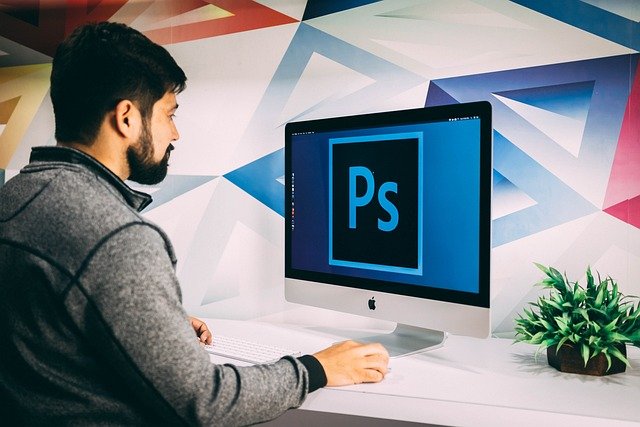Creating realistic image extensions is now easier than ever. With the advent of generative filling technology, anyone can expand an image seamlessly. But how do you make sure your extensions look natural? It’s not just about stretching the picture. It involves blending new elements with the original, ensuring everything aligns perfectly.
From matching textures to maintaining lighting consistency, there are several factors to consider. This article will talk about how generative fill helps you achieve these effects. By the end, you’ll have a good grasp of how to use these tools effectively and pick the right one for your needs.
Seamless Blending with Existing Image Elements
One of the biggest challenges in extending images is making sure the new parts blend with the original. This feature excels at this. It identifies the key features of the image, such as color and texture, and uses them to create extensions.
The result is a seamless transition from the old to the new. No one will be able to tell where the original ends and the extension begins. The key to success here is letting the tool do its job while you guide the process by making minor adjustments.
Matching Textures and Patterns for Realistic Extensions
Textures and patterns are tricky to extend. They need to match perfectly to look real. It analyzes these elements and replicates them accurately. If your image has a textured background or a patterned surface, the tool can extend it without any noticeable repetition.
This is especially useful for images with complex designs. Instead of struggling to match the patterns manually, you can rely on it to create a flawless extension. The more you practice, the better you’ll get at using the tool to achieve perfection.
Enhancing Background Continuity
Backgrounds play a crucial role in image extensions. A consistent background ensures that the image looks whole and complete. It helps maintain this continuity by extending the background naturally. Whether it’s a simple sky or a detailed landscape, the tool can replicate the environment beyond the original frame.
It adds the necessary details that make the extension feel like a natural part of the scene. This capability is particularly valuable for images where the background sets the mood or tells a story.
Maintaining Perspective and Depth in Extended Images
Perspective and depth are vital in making extensions look realistic. The feature is designed to recognize these elements and replicate them accurately. When you extend an image, the tool takes into account the vanishing points, angles, and relative sizes of objects.
It ensures that the new elements align with the existing perspective, maintaining a sense of depth. This attention to detail is what makes the extension believable. By carefully observing the output, you can fine-tune the result to achieve even greater realism.
Color Consistency and Harmonization in Image Extensions
Color consistency is essential for realistic image extensions. A slight mismatch in hue or saturation can make the extension stand out, ruining the illusion. The tool is equipped to handle color matching. It analyzes the color palette of the original image and uses it to create the extension.
The result is a harmonious blend where the colors flow naturally from one part of the image to the other. This feature is especially useful when dealing with images that have subtle color gradients or complex lighting conditions.
Addressing Lighting and Shadows for Realistic Effects
Lighting and shadows are critical in creating a sense of realism. They give depth and dimension to the image. Generative filling pays attention to these elements, ensuring that the new parts of the image match the original lighting conditions.
It replicates the direction of light and the corresponding shadows, creating a cohesive look. This level of detail makes the extension feel like it was always part of the scene. To enhance this effect, you may need to make slight adjustments to the lighting in the extended area.
Selecting the Right Generative Tool for Image Extensions
Choosing the right tool is crucial for achieving the best results. While many tools are available, not all are created equal. Some excel at handling complex textures, while others are better at maintaining color consistency. It’s important to experiment with different options to find the one that best suits your needs.
Look for tools that offer flexibility and control, allowing you to make adjustments as needed. The right tool will not only save you time but also help you achieve the level of realism you desire.
Extending images with generative fill is a powerful way to create realistic results. The key lies in understanding how to blend new elements with the original. By paying attention to texture, color, lighting, and perspective, you can achieve seamless extensions. The right tool makes all the difference, so choose wisely. With practice, you’ll be able to extend any image in a way that looks natural and convincing. Remember, the goal is to make the extension feel like it was always there.


